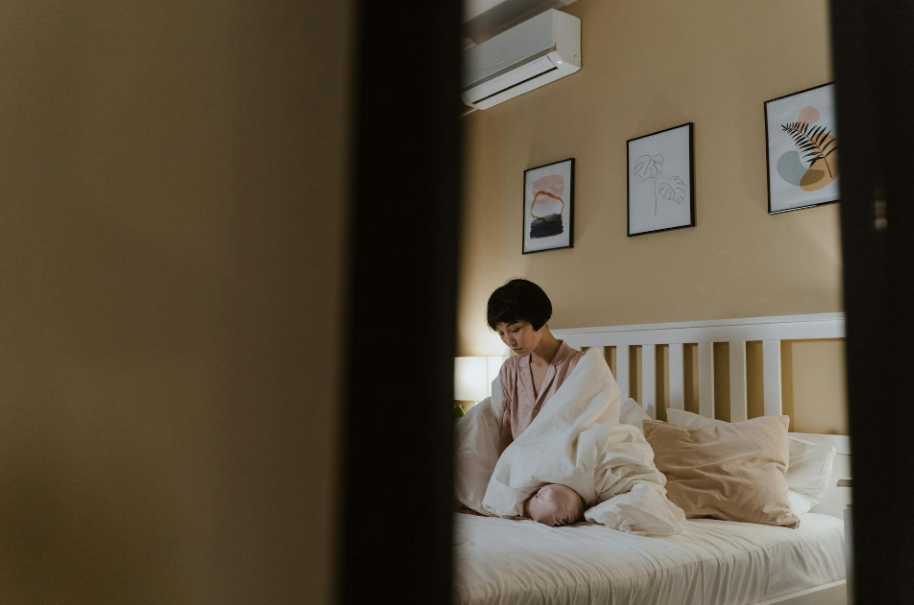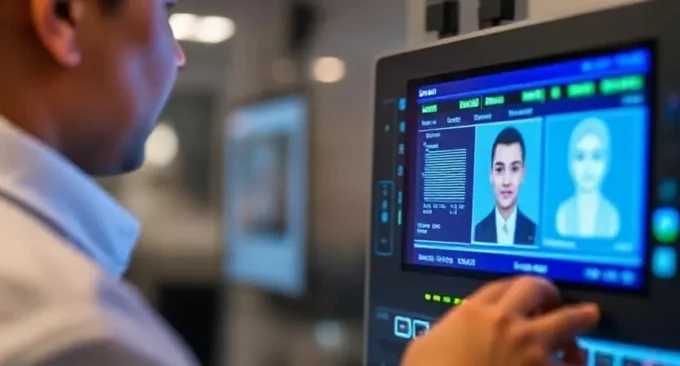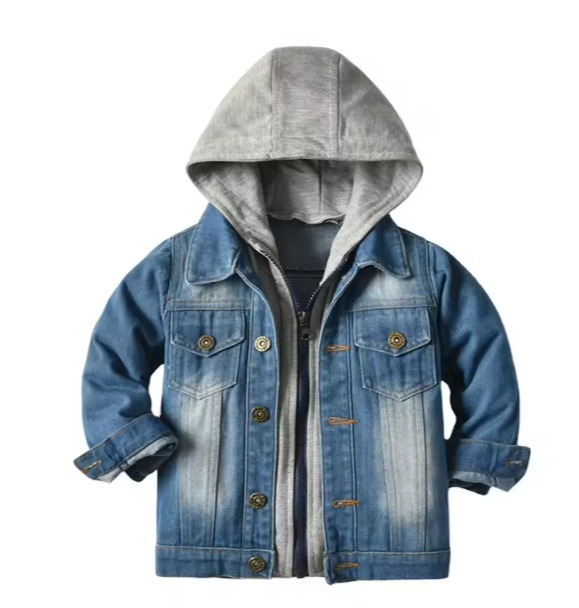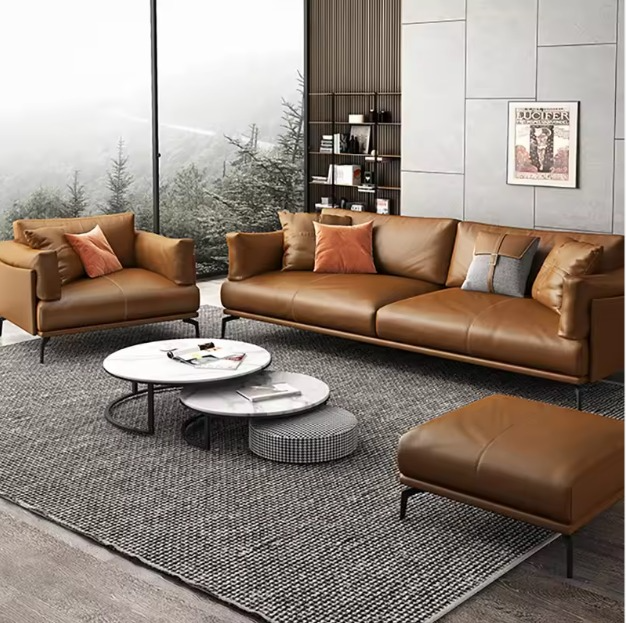When summer temperatures rise, you need a reliable air conditioner by your side. A well-functioning AC keeps your home comfortable, helps you sleep better, and prevents heat-related discomfort. But what happens when your AC is running yet fails to cool your home effectively? While it’s easy to assume the unit itself is broken, that’s not always the case. Sometimes, the problem lies in overlooked issues that can impact performance.
In this article, we’ll explore common reasons your AC may not be cooling properly and what you can do to fix them.
Dirty or Clogged Air Filters
Air filters may seem like a small part of the unit, but they play a huge role in keeping it working properly. When filters become clogged with dirt, dust, and pet dander, airflow becomes restricted. This means the AC has to work much harder to push air through, and the cooled air may never circulate well in your home. A restricted filter doesn’t just reduce comfort; it can also increase energy bills and put unnecessary strain on the system.
Changing air filters regularly, especially during summer when the AC is used most, is an easy step that makes a big difference.
Ignoring Regular Maintenance
Regular maintenance should not be ignored. Scheduling seasonal tune-ups by an experienced technician is one of the most effective ways to keep your AC cooling as it should. Small issues can easily build up if left untreated, leading to larger and more expensive repairs later. Professional technicians have the tools and knowledge to inspect every part of the system, from the coils and filters to the refrigerant lines and electrical components. They can identify problems that homeowners may not notice, such as small leaks or worn-out parts.
Companies like Integrity Comfort Solutions provide complete air conditioning services designed to keep your unit reliable all year. Their team fixes problems and performs tune-ups to make sure the system runs at peak efficiency. Having your AC checked professionally ensures better cooling, prevents unexpected breakdowns in the middle of summer, and helps extend the life of the system.
Incorrect Thermostat Settings
Sometimes the reason your AC isn’t cooling has nothing to do with the machine itself. Thermostat issues are a common cause of poor performance. If the thermostat is set to the wrong mode, such as “fan” instead of “cool,” the system may circulate air without lowering the temperature. In some cases, a faulty thermostat may misread the actual room temperature, which keeps the AC from running when it should.
Upgrading to a modern programmable or smart thermostat can help prevent these problems. These devices are more accurate, allow better control, and can even help save on energy costs by running the system more efficiently. Checking thermostat settings should always be one of the first steps when your home isn’t cooling as expected.
Low Refrigerant Levels
Refrigerant is the chemical that makes cooling possible. It absorbs heat from the air inside your home and releases it outside. If levels are too low due to leaks or improper installation, the system cannot cool effectively. A common sign of this issue is warm air blowing from the vents or ice forming on the coils.
This is not a problem homeowners should try to handle themselves. Refrigerant requires special training and certification to repair safely. A professional technician can test levels, locate leaks, and restore the system to proper working order. Without addressing refrigerant issues, the AC will continue to run poorly and may even suffer damage over time.
Outdoor Unit Obstructions
Your AC’s outdoor unit does a lot of heavy lifting. It’s responsible for releasing the heat that the system pulls out of your home. When airflow around this unit is blocked, the process becomes much less efficient. Something as simple as tall grass, overgrown shrubs, or debris like leaves and dirt can restrict the system’s ability to release heat. The result is an AC that struggles to cool your house even though it seems to be running constantly.
Homeowners can help prevent this by keeping at least two to three feet of clear space around the outdoor unit. Routine cleaning, such as gently rinsing the coils with a garden hose and removing any buildup, can also help improve efficiency. While it may sound simple, this small step can have a noticeable impact on performance and energy use.
Electrical or Sensor Issues
Modern AC systems rely heavily on electrical components and sensors to regulate performance. Faulty wiring, damaged capacitors, or malfunctioning sensors can disrupt the system’s ability to cycle on and off correctly. In some cases, the AC may not start at all, or it may shut down too soon, leaving your home uncomfortably warm.
While they may not always be visible to the homeowner, electrical or sensor issues can explain why an otherwise healthy system refuses to cool properly. Regular inspections and professional tune-ups are the best defenses against these hidden failures.
Poor Insulation or Air Leaks in the Home
It’s easy to assume the AC is at fault when your home doesn’t cool properly, but sometimes the real problem lies in the house itself. Poor insulation, gaps around doors, or leaky windows allow cooled air to escape while letting warm air in. In this situation, your AC may run continuously without ever reaching the temperature you want.
Sealing leaks and adding insulation can greatly improve comfort while reducing strain on your cooling system. Energy efficiency upgrades, such as weatherstripping doors or installing double-pane windows, can also provide lasting benefits. By improving the structure of your home, you make it easier for your AC to do its job effectively.
An Aging or Improperly Sized Unit
Sometimes the issue is not with maintenance or small repairs but with the system itself. Air conditioners typically last a decade or slightly more than that, depending on usage and upkeep. As they age, they lose efficiency and may not be able to handle high demand during extreme heat.
Another common problem is having an AC unit that’s not the right size for the home. A system that’s too small won’t have enough capacity to cool effectively, while one that’s too large will short-cycle, turning on and off too frequently and wasting energy. In either case, the best solution may be to replace the system with one properly matched to your home’s needs.
When an air conditioner doesn’t cool as expected, it’s natural to feel frustrated. But these challenges also present an opportunity to understand your home’s cooling system better. Every problem highlights how essential regular attention and care are to your comfort. More importantly, taking action now not only restores cooling but also helps you save money and avoid stress in the future. By staying proactive and working with trusted professionals, you can ensure your home remains a place of relief no matter how hot the summer gets.














Leave a comment